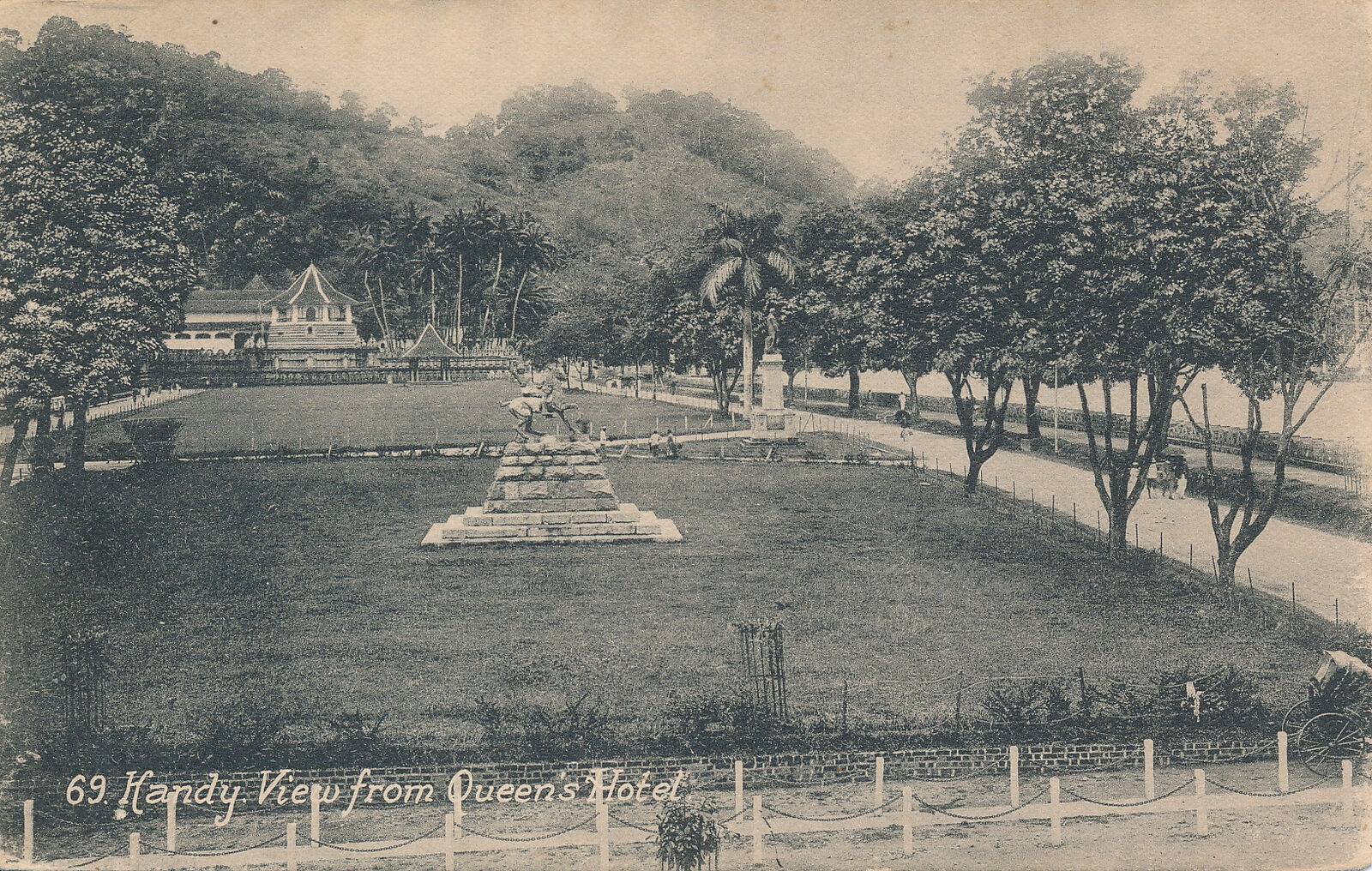Language and Literature
දමිළයන්ට සැලකිය යුතු තරම් පුරාතන කාලයේ ඉඳන් පැවත එන පෘථුල සාහිත්යයක් තියනවා. ඒවා වැඩි වශයෙන්ම දාර්ශනිකයි. එහෙම නැතිනම් කාව්යමය දර්ශනයක් පෙන්නුම් කරනවා.
භාෂාව හා සාහිත්යය
කුතුහලය දනවන විදිහට ජාතීන් විදිහට ලොකු සම්බන්ධතාවයක් නැති වුණාට, සංස්කෘත භාෂාවෙන් ලියවුණු වේද ග්රන්ථ, උපනිෂද් ග්රන්ථ භාවිතාවට ගන්නවා වගේ දමිළයන්ට සංස්කෘත දර්ශනය වැළඳගන්න තිබුණා. එහෙම වුනානම් සංස්කෘත ග්රන්ථයන්ට වඩා සංයුක්තව ක්රමානුකුලව ඔවුන්ට අදහස් ප්රකාශ කරන්න තිබුණා.
 |
| A Copy of the Great Chronicle or Mahawansa, the original, now stored in a temple at Matara. [Image Courtesy: www.sirimunasiha.wordpress.com ] |
මා විශ්වාස කරන ලෙසට, සිංහලයන් ශාස්ත්රීය කාරණාවලින් දුර්වල වුනත්, ඕනෑම භාෂාවක පැවතෙන්න පුළුවන් වංශකථා සාහිත්යයන් අතරින් විශිෂ්ටතම කෘතීන්ගෙන් එකක් වන මහාවංශයට ඔවුන් උරුම කම් කියනවා. එය ඔවුන්ගේ ජාතිය පිළිබඳ, ඒ කියන්නේ ලක්දිවට ගොඩ බැසීමේ ඉඳලා නූතන යුගය දක්වා, විශ්වාසදායක ඉතිහාස තොරතුරු (ඔව් ඇත්තටම අරුමෝසම් අලංකරණයන්ගෙන් පිරුණු අරුම පුදුම ප්රාතිහාර්යයන් පිළිබඳ දේවල් එහි දැක්වුනත්, ඒවා ලේසියෙන්ම කපා දමන්න පුළුවන්) ලබා ගන්න පුළුවන් මූලාශ්රයක්. මහාවංශය ලියන්නට ආරම්භ කරන්නේ මහානාම හිමියන්. එතුමන් ක්රි.ව. 460 පමණදී, ක්රි.පූ. 543 ඉඳලා ක්රි.ව. 301 දක්වා කාලය අඩංගු වන මුල් අදියර සම්පාදනය කරනවා. එතැනින් පසුව අනුක්රමිකව විවිධ කතුවරුන් විසින් මෙය නොකඩවා ලියාගෙන එනවා බ්රිතාන්යය යුගය, ඒ කියන්නේ ක්රි.ව 1758 දක්වා.
කොළඹ මුද්රණය වෙන සිංහල පත්තර දෙකක් තියනවා. ඉන් එකක් තමයි "බෞද්ධ ලෝකය". දමිළ භාෂාවෙනුත් පත්රයක් මුද්රණය වෙනවා. ඒ වගේම ඉංග්රීසි පුවත්පත් තුනකුත් තියනවා.
“ආදම්ගේ ශිඛරය මතින් එලිෆන්ටා ගුහා වෙත – ලක්දිව සහ ඉන්දියාවේ රූප සටහන්” : එඩ්වඩ් කාපෙන්ටර්
පළමු පරිච්ඡේදය : කොළඹ
From Adam’s Peak To Elephanta : Sketches in Ceylon and India by Edward Carpenter
CHAPTER I : COLOMBO
The Tamils have a quite extensive literature of considerable antiquity, mostly philosophical or philosophical poetical ; and their language is very rich in vocabulary as well as in its grammatical forms and inflexions—though very terse, with scanty terms of courtesy (" thank you," " good-morning," and such like), and a little harsh in sound, k's and r's flying through the teeth at a great rate. Cinghalese is much more liquid and pleasant in sound, and has many more Aryan words in it. In fact it is supposed to be an offshoot of Sanskrit, whereas Tamil seems to have no relation to Sanskrit, except that it has borrowed a good many words. The curious thing is that, so little related as races, the Tamils should have taken their philosophy, as they have done, from the Sanskrit Vedas and Upanishads, and really expressed the ideas if anything more compactly and systematically than the Sanskrit books do. Though poor in literature I believe, yet the Cinghalese has one of the best books of chronicles which exist in any language—the Mahawanso—giving a very reliable history of the race (of course with florid adornment of stupendous miracles, which can easily be stripped off) from their landing in Ceylon down to modern times. The Mahawanso was begun by Mahanamo, a priest, who about 460 a.d. compiled the early portion comprising the period from B.C. 543 to A.D. 301, after which it was continued by successive authors right down to British times, i.e., a.d. 1758 !
There are two newspapers in Colombo printed in the Cinghalese language, one of which is called "The Buddhist World " there is also a paper printed in Tamil ; and there are three English newspapers.
ලක්දිව ගමන් සටහන් පිටු අංක: 6





Comments
Post a Comment